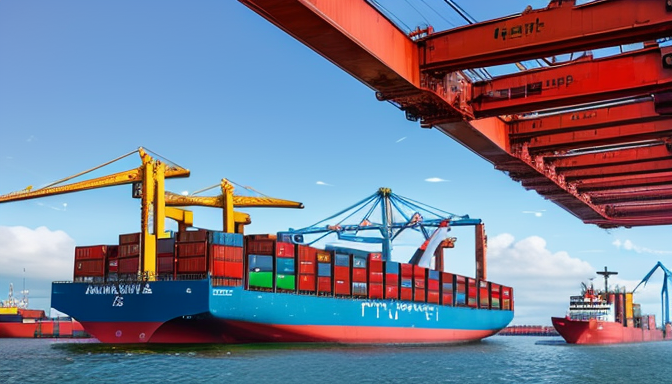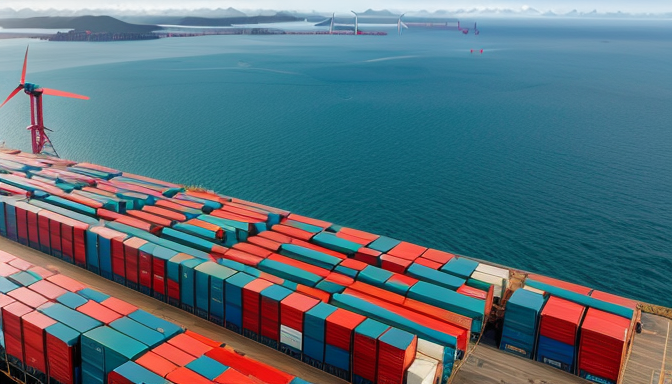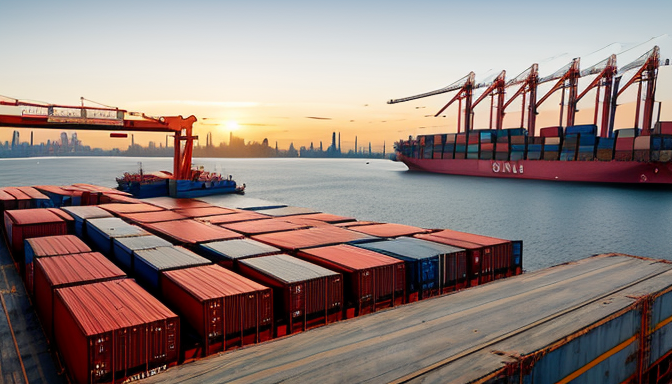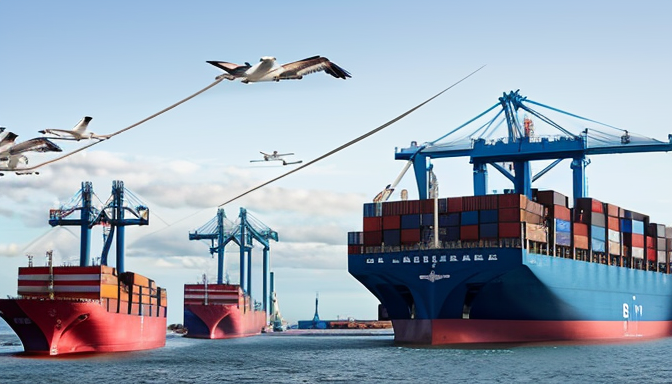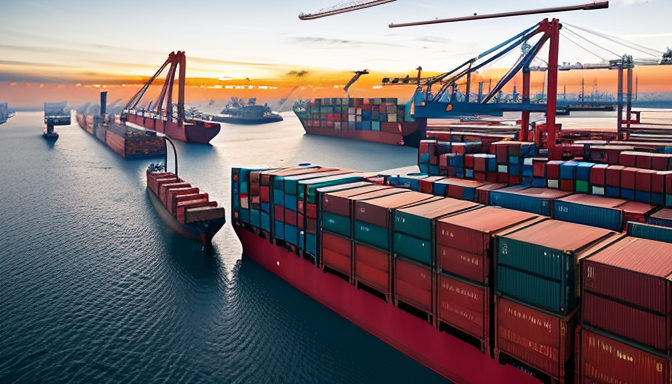The Rise of Automation in Maritime Logistics: A Game Changer
Automation is not just a buzzword anymore; it’s a transformative force that is reshaping the maritime logistics landscape. With the world becoming more interconnected, the demand for efficient shipping solutions has skyrocketed. Global shipping trends are leaning heavily towards automation, as companies strive to enhance their operational capabilities while keeping costs in check. Imagine a world where cargo ships navigate autonomously, and port operations are managed by sophisticated algorithms—this isn’t science fiction; it’s happening now!
One of the most exciting developments is in container systems. Automated stacking cranes and smart containers are revolutionizing how goods are loaded and unloaded. These innovations not only speed up the process but also reduce the chances of human error, which can be costly. For instance, a recent study indicated that automated ports can reduce turnaround times by up to 30%, significantly boosting productivity.
Furthermore, port technology is evolving at an unprecedented pace. With the integration of IoT (Internet of Things), ports are becoming smarter, allowing for real-time tracking of shipments and enhanced communication between vessels and port authorities. This seamless flow of information is vital for optimizing logistics and ensuring that everything runs like a well-oiled machine.
In conclusion, the rise of automation in maritime logistics is not just a trend; it’s a game changer that promises to redefine how we think about shipping and logistics in the future. As we embrace these advancements, the industry stands on the brink of a new era—one filled with opportunities and challenges alike.
The Impact of Automation on Efficiency
Automation is not just a buzzword; it’s a revolution that’s reshaping the landscape of maritime logistics. Imagine a world where ships are loaded and unloaded with the precision of a well-oiled machine—this is the reality we’re stepping into. By integrating advanced technologies, shipping companies are witnessing a dramatic boost in operational efficiency. For instance, automated systems streamline processes, reducing the time it takes to turn around vessels at ports. With quicker loading and unloading times, companies can increase their throughput, ultimately leading to significant cost savings.
One of the most exciting advancements is in container systems. Automation allows for real-time tracking and management of containers, ensuring that goods are always where they need to be. This not only minimizes human error but also enhances the overall reliability of shipping schedules. As a result, businesses can plan more effectively, reducing delays and improving customer satisfaction. In the age of e-commerce, where speed is king, this is a game changer.
Furthermore, port technology is evolving at an astonishing rate. Automated cranes and vehicles are becoming the norm, creating a seamless flow of goods. This transition not only increases efficiency but also promotes safety by reducing the number of human workers in hazardous environments. As we look to the future, it’s clear that automation isn’t just enhancing efficiency; it’s transforming the entire shipping industry.
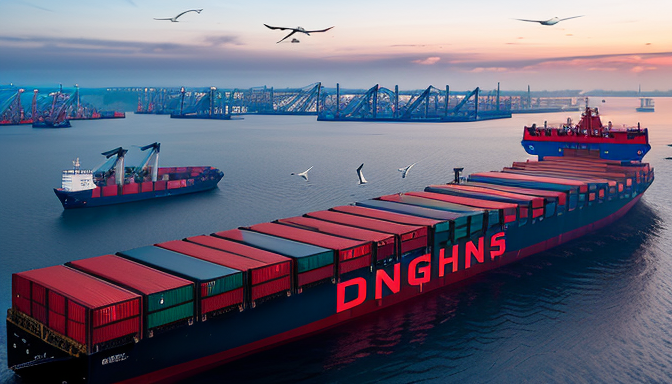
The Future Workforce in Maritime Logistics
The maritime logistics industry is on the brink of a significant transformation, and the workforce is at the heart of this change. As automation technologies become more prevalent, traditional roles are evolving, creating a demand for new skills. Think of it as a ship setting sail into uncharted waters; the crew needs to adapt and learn how to navigate the new terrain. With advancements in global shipping trends, container systems, and port technology, the workforce must be ready to embrace these innovations.
One of the most exciting aspects of this shift is the potential for reskilling and upskilling. Workers who previously handled manual tasks are now being trained to operate sophisticated automated systems. For example, as ports adopt advanced container handling technologies, employees will need to understand how to manage these systems effectively. This not only enhances their skill set but also increases their value in the job market. In fact, companies are increasingly investing in training programs to ensure their teams are equipped for the future.
However, the rise of automation does pose challenges. Job displacement is a genuine concern, as machines take over repetitive tasks. It’s essential for the industry to address this issue proactively. By fostering a culture of continuous learning and adaptation, we can mitigate the impact on the workforce. After all, the goal is not to replace humans but to enhance their capabilities. As we look ahead, the maritime logistics workforce must be as adaptable as the ships they serve—ready to sail towards new horizons.
Frequently Asked Questions
- What is the role of automation in maritime logistics?
Automation plays a crucial role by streamlining operations, reducing human error, and enhancing overall efficiency. It’s like having a super-efficient assistant that never gets tired!
- How does automation impact shipping costs?
By minimizing operational inefficiencies and speeding up processes, automation helps lower shipping costs significantly. Think of it as a way to cut out the unnecessary expenses and keep more money in your pocket.
- Will automation lead to job losses in the maritime industry?
While some traditional jobs may be displaced, automation also creates new opportunities. It’s a bit like a game of musical chairs—some seats may be taken away, but new ones will pop up for those willing to adapt!
- What skills will be in demand in the future maritime workforce?
As the industry evolves, skills in technology, data analysis, and robotics will be highly sought after. It’s essential to stay ahead of the curve, much like learning to ride a bike before hitting the trails!
- How can workers reskill for the automated maritime industry?
Workers can take advantage of training programs, online courses, and workshops focused on new technologies. Embracing lifelong learning is the key to thriving in this changing landscape!
